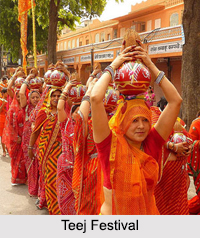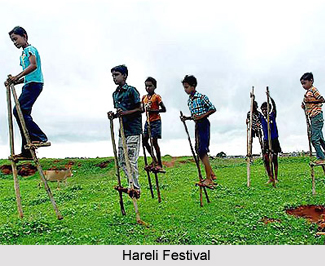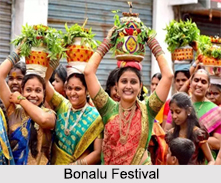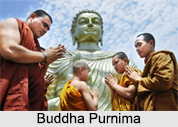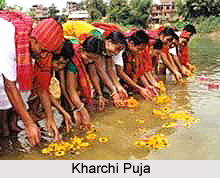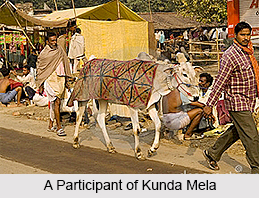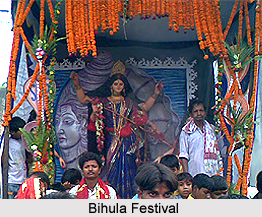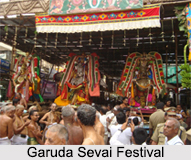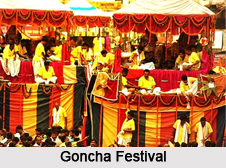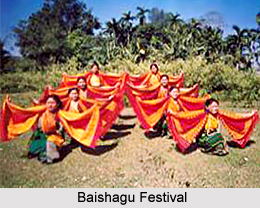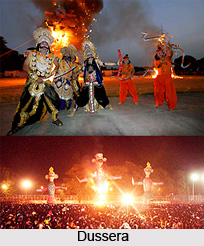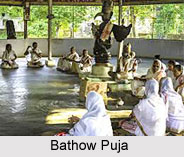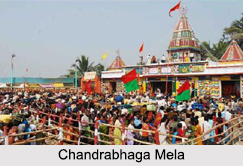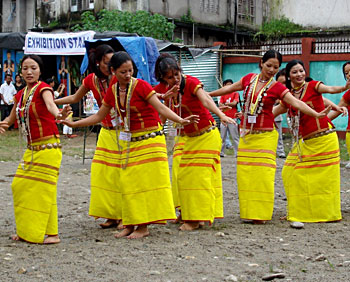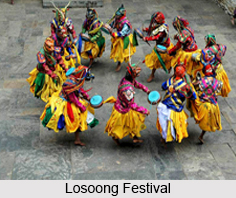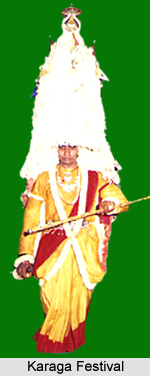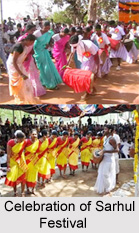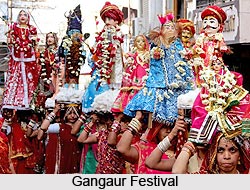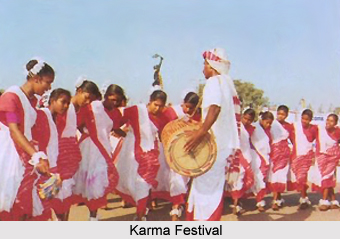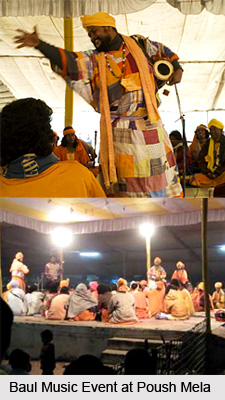 Poush Mela is a yearly event that takes place in Shantiniketan in Birbhum District in the state of West Bengal. This is an annual event marking the harvest season. The fair lasts for three days, commencing on the 7th day of Poush month. But the vendors stay up till the end of the month. Key attraction of the fair includes live performance of Bengali folk music, notably baul songs.
Poush Mela is a yearly event that takes place in Shantiniketan in Birbhum District in the state of West Bengal. This is an annual event marking the harvest season. The fair lasts for three days, commencing on the 7th day of Poush month. But the vendors stay up till the end of the month. Key attraction of the fair includes live performance of Bengali folk music, notably baul songs.
Background of Poush Mela in Santiniketan
On 21 December 1843 (7 Poush 1250 according to the Bengali calendar) Devendranath Tagore with a group of twenty followers accepted the Brahma creed from Ram Chandra Vidyabagish. This became the basis for Poush Utsav (the Festival of Poush) at Santiniketan.
On 21st December 1891 (7 Poush 1298 according to the Bengali calendar) a Brahma mandir was set up at Santiniketan. A small scale fair was organized with the establishment anniversary of the Brahma mandir, in the ground opposite the mandir. What started out as a small scale mela, now attracts various crowds not only from Birbhum district but from around the world.
During the earlier days, the fair was held in the ground on north side of Brahma mandir which is also referred as glass temple. On that very day, a firework display was held in the earlier days after the evening prayers. With increase in the size of mela, it was shifted to the field in Purbapalli.
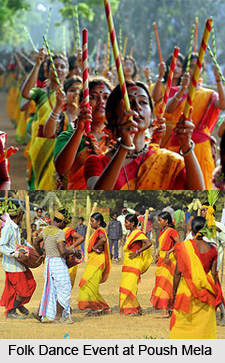 Inauguration of Poush Mela in Santiniketan
Inauguration of Poush Mela in Santiniketan
This Poush Utsav generally takes place around 23rd December (7th Poush), where Santiniketan wakes up to the soft music of shehnai at dawn. The first to enter the scenario is the Vaitalik group, who go round the ashrama (hermitage) singing songs. It is followed by a prayer-meeting at Chhatimtala. Then the entire congregation moves on to Uttarayan singing songs.
One of the characteristic features of Poush Mela is the live performance of Bengali folk music. It also includes dance, foil songs and sports. This fair also provides the perfect insight of true heritage of the state. The students of Santiniketan present their wonderful performance and make this festival glamorous and memorable. There are different activities that fill up the festival. Last day of the fair is also dedicated to the people of Santiniketan.
Fair of Poush Mela in Santiniketan
Every year some 1500 shoppers take part in the festival and the number of tourists that pour in from al quarters often cross the 10000 mark. According to the government statistics inflow of tourists in to Santiniketan at around 3,500 per day; but during major festival such as Pous Utsav, Basanta Utsav, Rabindra Paksha, and Naba Barsha it goes up to an average 40,000 per day or more.
Local printed fabrics and handicrafts are available in the stalls erected during the fair.
